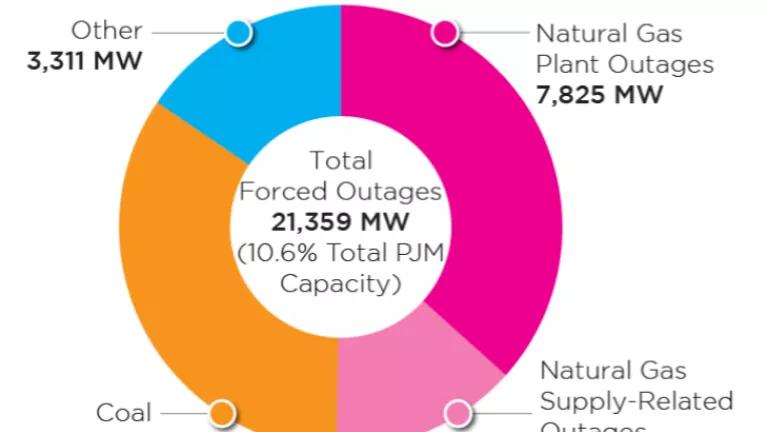
Yesterday’s NOAA Report on the impact of global warming is a humdinger. What especially caught my eye was a graphic in the regional report on the impact a warming world will have on
Illinois and Michigan. As you can see, under the higher emission scenario examined by the report, the Midwest’s climate slowly “drifts” south until our summers here in Chicago come to resemble present day Texas.
Needless to say, this all bodes extremely poorly for the region’s wildlife, as many species simply aren’t adapted to Texas-style summers.
Take moose for example. While we can’t boost any moose populations in the Windy City, they can be found in northern Minnesota, Wisconsin, and Michigan. Other populations are in New England and the Northern Rockies.
Moose, as it turns out, seem particularly susceptible to global warming. Moose are solitary animals that don’t herd and are adapted to cold climates. As a result, they are not particularly heat tolerant—their response to hotter temperatures is to cool their bodies by increasing their metabolism. Scientist speculate that this can make moose more vulnerable to disease, lead to low pregnancy and twinning rates, and even starvation. Recent studies have found a strong correlation between January temperatures and overall survival rates.
Moose populations in northwest Minnesota have already experienced severe declines (similar problems have been observed in Michigan and Wyoming). Moose won’t be the only species to suffer in a warming world. Native plants, cold water fish, and a host of other species are going to be pushed right out of the region or into the abyss. That’s why its important that we act now to pass federal legislation to address climate change. I like Texas. But I want to live in Illinois.

